Training, Certifications and Skills Needed to Become a Lifeguard


Becoming a lifeguard is exciting and rewarding work. The chance to hang out at the pool, park or camp makes most days on the job feel more like fun in the sun than hard work. You can work on your tan, socialize with swimmers, get into and stay in great shape and enjoy some great people-watching.
There is also a serious side and a lot of responsibility that comes with lifeguarding. You are accountable for the safety and lives of the swimmers and pool-goers. But the authority that comes with being a lifeguard comes with a lot of self-satisfaction. You're the law-enforcer, the rule-maker and the lifesaver.
Becoming a lifeguard is no easy task. It takes a ton of work and determination. You must be a strong swimmer and able to make quick decisions on the fly under high pressure. And you must receive a few certifications that will help you in your role as a lifeguard.
But the hard work will ultimately pay off! Lifeguarding is a fun and gratifying job, and the benefits will stick with you throughout your life.
Reasons to Work as a Lifeguard
In case you're still not convinced of the merits of the position, here are a few more reasons why lifeguarding is a great job:
- Most lifeguarding jobs are seasonal. If you're in high school or college, working in the summer season is a great way to earn some cash, have a lot of fun and still have an open schedule once school starts again.
- There are lots of great work opportunities. Once you complete your training and certifications, it's pretty easy to land a job as a lifeguard in a variety of places. Community pools and recreation centers are great places to start. Once you have a bit of experience — and some additional certifications — you can look for jobs at waterparks, camps, lakes and beaches.
- Lifeguards get to meet new people. Working as a lifeguard is an excellent way to meet new people — your fellow lifeguards and other staff members as well as regulars to your swim area.
- Lifeguards are great role models. Do you remember how cool you thought the pool lifeguards were when you were a kid? They commanded respect and looked cool doing it. Becoming a lifeguard means kids look up to you and parents respect you.
- Lifeguards get regular coffee breaks. The United States Lifeguard Standards Coalition released a report in 2011 with the purpose of creating positive standards for lifeguard training. They concluded that having regular breaks and ingesting caffeine helped improved lifeguards' vigilance. And that's based on science!
- It looks awesome on a resume. That's because you have to be CPR, first-aid and automated external defibrillator (AED) certified — meaning you're a safety expert — and having lifeguarding on your resume shows that you can take responsibility and work well under pressure. It also proves that you can be a team player while also being in charge of others.
Now that we've convinced you that lifeguarding is a fantastic career, let's talk about the training, certifications and skills required to become a lifeguard.
Necessary Training for Lifeguards
Before you can supervise a crowded pool full of kids and adults, you have to prove that you have the skills and knowledge necessary to react appropriately to medical emergencies. One way to learn what skills you'll need is to complete training courses in both lifeguarding and first-aid.
You can find training courses near you through national organizations, especially the American Red Cross and YMCA family centers, or by reaching out to local recreation centers, which often offer their own lifeguard training and certification courses.
1. Lifeguard Training Program
Lifeguard training will equip you with all the skills you'll need to ensure water safety and prevent injury and accidents. You'll also learn response techniques so you'll know exactly what to do in case of a water emergency. Throughout the training, you'll be presented with a variety of scenarios — ranging from minor infractions to severe medical events, such as cardiac arrests or drownings — so you can learn what to do and practice your skills.

To register for most lifeguard training programs, you must be at least 15 years old. You must also pass a pre-course swimming test to prove that you have the swimming skills, strength and stamina to safely complete the program.
The pre-course swimming test usually requires students to:
- Swim 300 yards without interruption while demonstrating breath control. You can use the breaststroke or front crawl, but backstroke or swimming on your side aren't permitted. Feel free to wear goggles during your swim.
- Tread water for two minutes using only your legs. Pro tip — place your hands under your armpits while you do this.
- Starting in the water, swim 20 yards, surface dive 7 to 10 feet, retrieve a 10-pound object, surface, return to the starting point with the object while swimming on your back and grasping the object with both hands, then exit the pool without using steps or a ladder. This test must be completed within one minute, 40 seconds or less, and you cannot wear goggles.
Training options vary depending on your area. Most lifeguard training programs take three to seven days — about 30 hours — to complete, and many now feature a blended online and classroom format, so you can do required readings and tests at your own pace online before you jump into the pool for the physical aspects of the course.
Often, completing a lifeguard training course will encompass all the training and certifications you need to become a lifeguard, so once you go through the training and pass the course tests, you'll be ready to start working. And if you complete the American Red Cross lifeguard course, your certification will be valid for two years and is accepted at pools nationwide.
2. First-Aid Training
First-aid helps you recognize the right level of care that should be provided during times of crisis. It teaches you how to provide medical aid to someone in need until medical professionals arrive at the scene.
These courses typically only take a few hours to complete. Many communities offer both in-person sessions and simulated learning courses that combine self-paced online modules with in-class lectures.
Many programs offer blended training programs, meaning you complete both the lifeguard training and first-aid training in one single course.
Certifications Required for Lifeguards
Once you've completed the training required for lifeguards, you must then pass tests to prove that you absorbed the information and receive certifications that provide further proof of your skills. The certifications required for lifeguards are:
- Lifeguard certification
- First-aid certification
- CPR certification
- AED certification

Let's take a closer look at each one of these certifications and what you'll need to complete them.
1. Lifeguard Certification
As we mentioned earlier, once you complete your lifeguard training course, you'll often receive your lifeguard certification, so you'll be ready to dive right into your new job as a lifeguard!
To pass the training and certification test, you typically must attend every live class session, participate in simulated scenarios to test your new skills and pass a written multiple-choice test with a grade of at least 80 percent.
This certification is vital to landing a job as a lifeguard because it shows that you've completed the necessary training and demonstrates that you have the knowledge and skills necessary to handle a variety of emergency situations should one arise on the job, as they inevitably will.
2. First-Aid Certification
The first-aid certification is one skill that will be helpful to you both in your role as a lifeguard and in your daily life. It's just generally good knowledge! And who knows — if you're in the right place at the right time, you could save a life thanks to your knowledge and first-aid training.
As with the lifeguard certification, you will receive this after you complete the first-aid training course and pass the required test.
3. CPR Certification
To be a good lifeguard, you must also know how to properly administer CPR, or cardiopulmonary resuscitation. CPR involves administering chest compressions and rescue breaths to someone experiencing a medical emergency. After completing your CPR certification, you'll be armed with the skills necessary to recognize and handle breathing and cardiac emergencies. Tactics are different whether you're providing aid to adults, children or infants, so it's important to know how to treat people at all life stages.
CPR is an essential skill for lifeguards to learn because, in the case of near-drowning, administering CPR and mouth-to-mouth resuscitation is the first step in reviving the victim to save their life.
CPR is another valuable certification that only takes a few hours to complete. It can be taken outside of your lifeguard training but is often offered as part of a comprehensive lifeguard certification course.
4. AED Certification
The final certification you'll need to complete is in how to use an automated external defibrillator (AED). An AED is a portable device used externally to deliver an electric shock to the heart of patients experiencing cardiac emergencies. The device can assess the victim's heart rate and rhythm, determine whether defibrillation is necessary and deliver a shock if it is.
The machine is typically equipped with sticky electrode pads that are attached directly to the chest of someone experiencing a cardiac episode. After you assess the person's condition and determine that it's necessary, you should use the AED as soon as possible.
Even someone without proper training or certification could use an AED in an emergency by simply following instructions relayed by the device. Being certified to use an AED ensures that you know exactly how to assess the situation and respond appropriately.
You may also need to administer CPR after the shock is delivered, which is why it's important to have a working knowledge of both skills.
Key Skills All Lifeguards Should Possess
Besides the training and certifications necessary to teach you how to react in an emergency, a good lifeguard must cultivate some additional skills to complement their safety training.
- Be a strong swimmer. This one probably goes without saying, but being a good lifeguard means being as comfortable in the water as out of it. Even after you complete your training, you should continue to work on your swimming techniques and fitness. Consider joining a swim team, which will keep you in shape while introducing a competitive side to swimming and make you familiar with all the swim strokes.
- Make good decisions quickly. As a lifeguard, you must be prepared to deal with any and every situation. You'll have day after day of relaxed pool monitoring. But in the blink of an eye, the job can go from carefree to frenzied. When someone's life is in your hands, you must be ready to make snap judgments under intense circumstances. Your ability to think on your feet could mean the difference between life or death.
- Stay focused on swimmers and surroundings. Maintaining your focus is critical as a lifeguard. When things seem slow, you must never let your vigilance lapse. This means always staying attentive and alert, scanning the pool and identifying signs of trouble and potential danger. Ways to maintain your focus include getting a good night's sleep, swapping viewing positions with your fellow lifeguards, making sure you're properly shaded and hydrated and minimizing distractions from your cell phone and your own internal chatter. Your lifeguard training will help teach you effective scanning strategies, and your supervisors can also offer helpful advice on how to keep your focus.
- Know how to use AED and hard paddles. Your AED training should equip you with all the knowledge you need to use an AED machine with sticky electrodes. In addition to this, you will also need to know how to use AED hard paddles. Though their use is becoming more obsolete with the use of self-adhesive electrodes, hard paddles require the operator to place the paddles in position and hold them in place while applying appropriate amounts of pressure while the AED machine delivers a shock or a series of shocks. Hard paddles require that gel is applied to the patient's skin to avoid burning, while self-adhesive electrodes have gel pre-applied.
- Know how to use life rings. A life ring, also known as a lifebuoy, is a standard tool of the lifeguard trade. Your lifeguard training will include instruction on how to properly deploy and use a life ring in emergency situations.
- Understand what's in a first-aid kit and how to use its contents. Being able to apply first aid means having a good first-aid kit. You should be able to identify exactly where first-aid kits are kept, what's in it and how to use each item.
All of these skills, plus many others, will help you establish a safe and fun swimming environment. Maintaining a demeanor that commands respect and understanding that emergencies can arise at any moment will make you an effective lifeguard who both kids and adults can look up to.
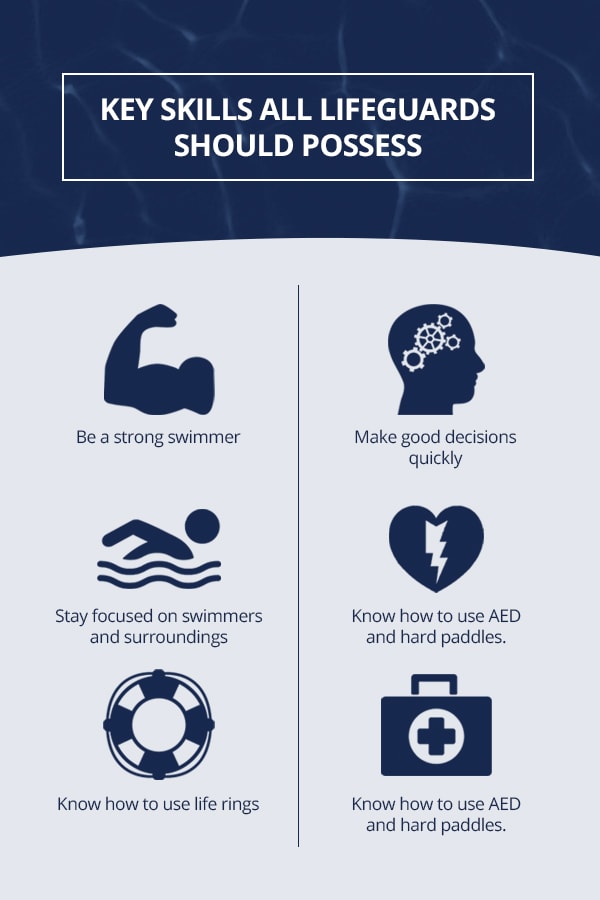
Get Your Lifeguard Gear From the Lifeguard Store
Now that you know the skills, training and certifications required to become a lifeguard, what are you waiting for? Summer is right around the corner, so now is the perfect time to jump in the pool, swim laps to get into shape and practice your prerequisite skills.
Whether you choose to do it as a seasonal summer job or look for year-round positions, working as a lifeguard is a fun and rewarding experience. Get everything you need to start a job as a lifeguard at the Lifeguard Store. Dive in and get started today!

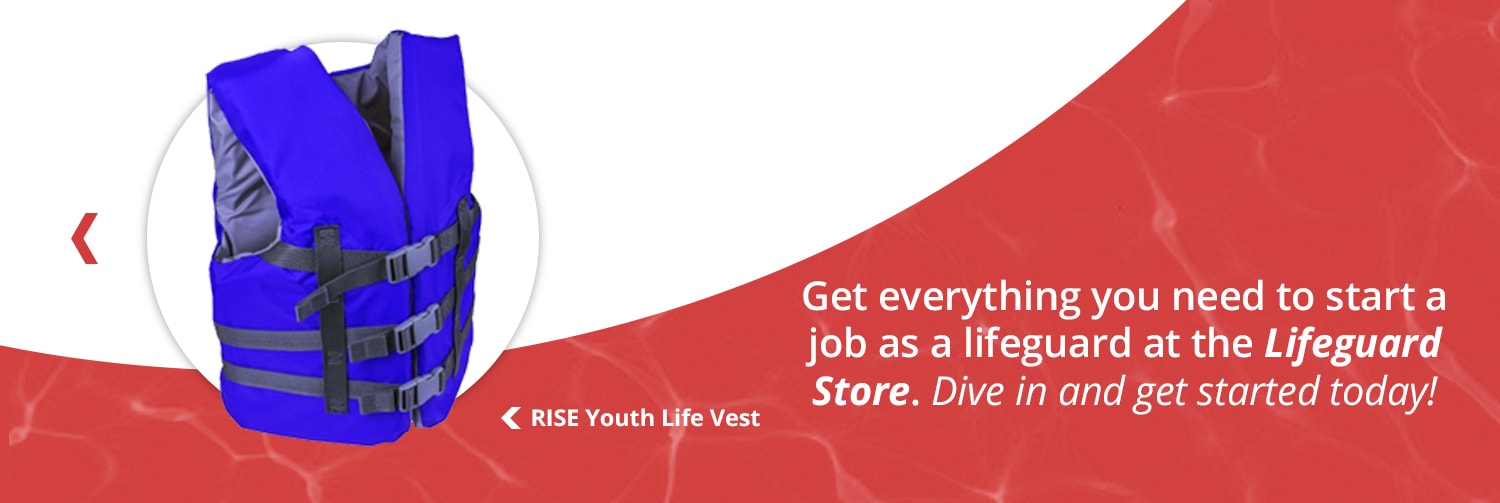


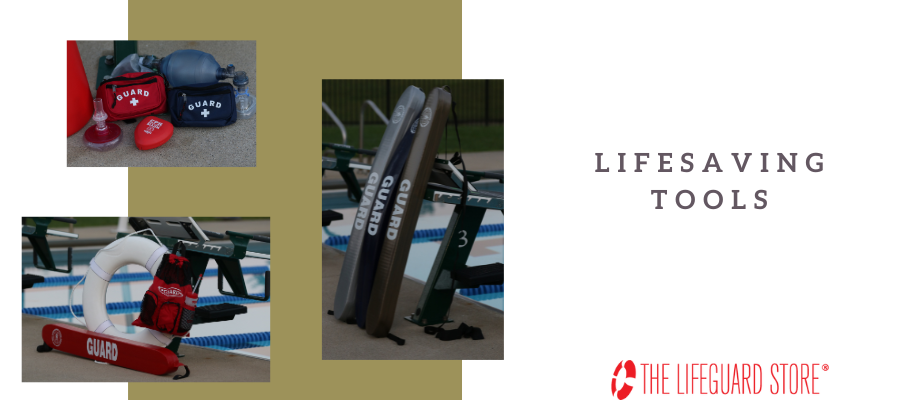
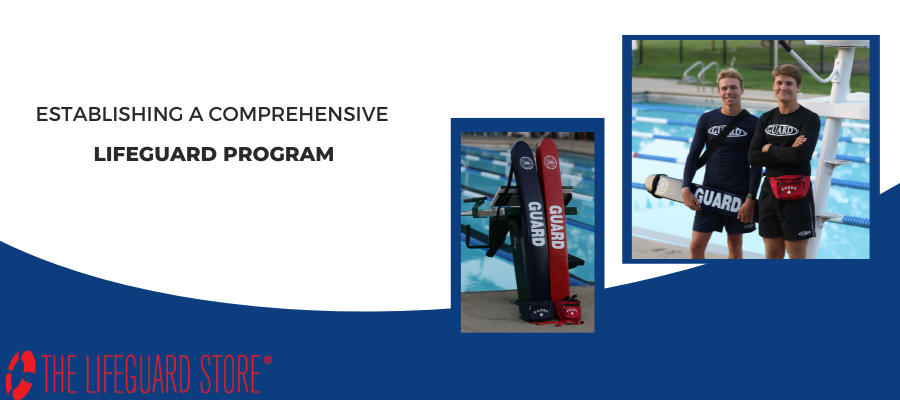
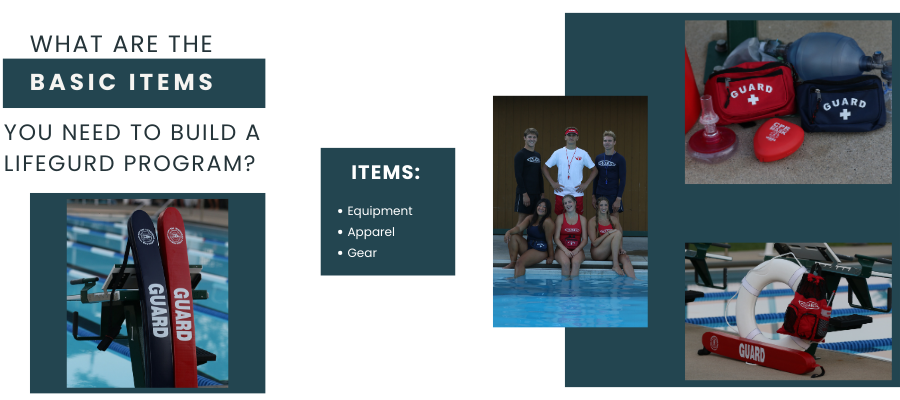
Leave a Comment
Your email address will not be published. Required fields are marked *